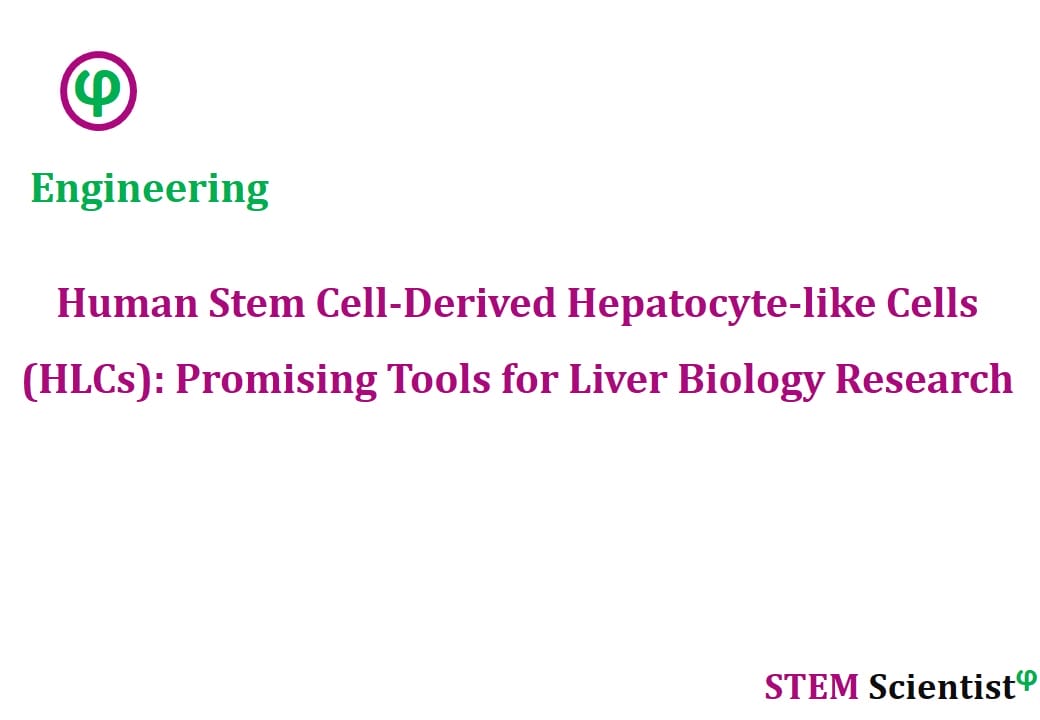
The following study was conducted by Scientists from Laboratory of Virology and Infectious Diseases, The Rockefeller University, New York, NY, USA; Schaller Research Group at Department of Infectious Diseases and Virology, Heidelberg University Hospital, Cluster of Excellence Cell Networks, Heidelberg, Germany; Laboratory of Cellular Biophysics, The Rockefeller University, New York, NY, USA; Proteomics Resource Center, The Rockefeller University, New York, NY, USA; Department of Biology, New York University, New York, NY, USA; Department of Infectious Diseases and Virology, Heidelberg University Hospital, Cluster of Excellence Cell Networks, Heidelberg, Germany; German Center for Infection Research (DZIF), Partner Site Heidelberg, TTU Hepatitis, Germany; Electron Microscopy Resource Center, The Rockefeller University, New York, NY, USA; Department of Molecular and Medical Virology, Ruhr-University Bochum, Bochum, Germany; A*STAR (Agency for Science, Technology and Research) Institute and Yong Loo Lin School of Medicine, National University of Singapore, Singapore, Singapore. Study is published in Scientific Reports Journal as detailed below.
Nature Communications; Volume 11, Article Number: 1677; (2020)
Stem Cell-Derived Polarized Hepatocytes
Abstract
Human stem cell-derived hepatocyte-like cells (HLCs) offer an attractive platform to study liver biology. Despite their numerous advantages, HLCs lack critical in vivo characteristics, including cell polarity. Here, we report a stem cell differentiation protocol that uses transwell filters to generate columnar polarized HLCs with clearly defined basolateral and apical membranes separated by tight junctions. We show that polarized HLCs secrete cargo directionally: Albumin, urea, and lipoproteins are secreted basolaterally, whereas bile acids are secreted apically. Further, we show that enterically transmitted hepatitis E virus (HEV) progeny particles are secreted basolaterally as quasi-enveloped particles and apically as naked virions, recapitulating essential steps of the natural infectious cycle in vivo. We also provide proof-of-concept that polarized HLCs can be used for pharmacokinetic and drug-drug interaction studies. This novel system provides a powerful tool to study hepatocyte biology, disease mechanisms, genetic variation, and drug metabolism in a more physiologically relevant setting.
Source:
URL: https://www.nature.com/articles/s41467-020-15337-2
Citation:
Dao Thi, V. L., X. Wu, et al. (2020). “Stem cell-derived polarized hepatocytes.” Nature Communications 11(1): 1677.


